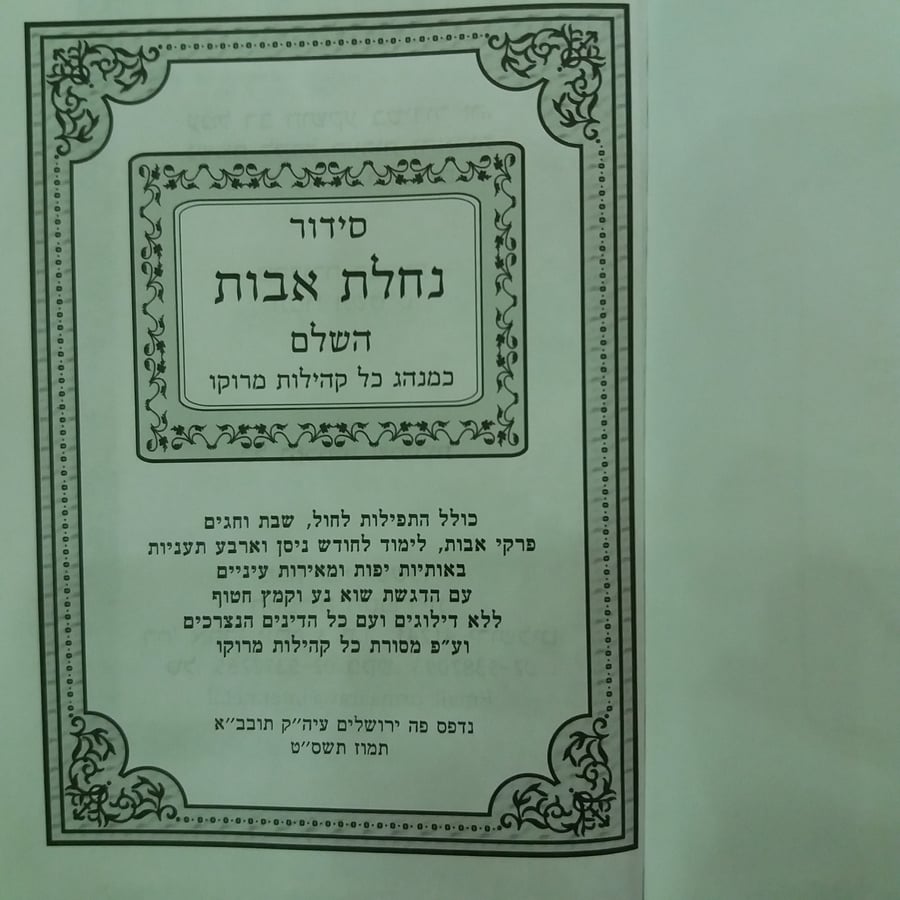
In his early story Shivrei Luchot, or Tablet Fragments, contained within his book From the Four Winds, author Rabbi Haim Sabato provides a touching description of the loss of the original and precise prayer traditions of Jewish communities following the mass Aliyah to Israel, and the subsequent nusachs used in multi-community synagogues in the era of the immigrant shanty towns and asbestos huts. While doing so, he draws a map of the synagogues of the shanty town of Beit Mazmil in Jerusalem, where you could find synagogues affiliated with “Moroccans from Meknes, and of Moroccans from Fez, and of Moroccans from the Atlas Mountains, and of Tunisians, and of Algerians, and of Tangerians, and of Libyans, and of plain old Jerusalemites.”
The story revolves around the figure of the elderly Rabbi Aharon Hassin, one of the veteran Rabbis and dayanim of Morocco, who finds himself pushed to the margins of activity in the synagogue, where new traditions were being created all the time. There is no doubt that like other communities, North African Jews found themselves giving up many long-held parts of their customs and prayers over the course of decades, both due to the mass ingathering of the exiles in the country’s early years and the later work of Rabbi Ovadiah Yosef, who subordinated the traditions of all Mizrachi communities to the local Sefardic custom as he understood and imposed it.
To fight this growing cultural amnesia – as well as its ideological, halachic, and political support – a number of North African and particularly Moroccan siddurim have been published in the last few decades, with the aim of restoring old glory and old nusachs. One of these is the siddur Nachalat Avot, which was first published in 2006. The initiative to produce the siddur came from the Harbatzat Torah Institute – which is identified with a group of Sefardi and Mizrachi Rabbis who opposed the political leadership of the Shas movement, as well as part of Rabbi Ovadiah’s unifying halachic project.
On the cover, the siddur says that it was prepared “per the custom of all the communities of Morocco.” And indeed – like similar efforts with other nusachs – the siddur claims to present its own form of uniform nusach, based on the basic and accepted Moroccan prayer formula, and giving expression throughout (albeit in brackets) to the more specific customs and nusachs which express the internal richness and diversity of Moroccan Jewry as a whole.
The siddur’s opening pages include an introduction by Rabbi Dr. Shlomo Toledano, who describes the uniqueness and ancient character of the Moroccan nusach, while addressing much broader historical processes, which are usually not to be found in conservative siddurim: “Morocco did not experience what happened in Bavel [Iraq], for instance, where the Jewish presence was almost entirely stopped from the 13th to the 16th century, due to the invasion of Genghis Khan, who destroyed Baghdad to the foundations … Morocco also did not experience what happened in the Land of Israel, where the Jewish community was entirely destroyed with the invasion of the Crusaders.”
A reading of the table of contents shows that the siddur includes most of the annual prayers (with the exception of the High Holidays, as is accepted), as well as the azkaros, hashkavos, and tosafos also common in many siddurim. On the other hand – and unsurprisingly – it does not include prayers for Israel’s Independence Day or the Prayer for the State of Israel. However, and as is customary in many communities – it contains the prayer for the soldiers of the IDF in its proper place (after the opening of the ark), but as has been done in some places, the heading of this prayer was also changed for various reasons, opening with the words “He will bless the soldiers of Israel” – without mentioning the official name of the army in which they serve. Decisions like these and others, it should be said, leave its target public treating the siddur with very open reservations.
Graphically, the siddur is very user-friendly. True, its editors decided to include A-donai alongside mentions of Hashem Hameforash, but aside from that, its letters are large and clear, and those who wish to can easily ignore the proposed changes and additional portions, and simply pray “per the custom of all the communities of Morocco.”
Did the siddur achieve its aim? It’s hard to answer this question, at least at this point in time. It is not the only siddur arranged and distributed for this very purpose, and things are changing in this context all the time, just as they did in the time of Rabbi Sabato. However, there is no doubt that in its initial aims and open declaration of intent, it reflects a turning social-communal-mental wheel turning over the last seventy years: from Morocco, to the young State of Israel, and the later leadership and ideological dilemmas, which are now renewing in our time.
Dr. Reuven Gafni is a senior lecturer at the Land of Israel Department at Kinneret College. He specializes in the field of synagogues and religion in the Land of Israel in the modern era, and the relationship between Jewish religion, culture, and national identity in the Land of Israel.


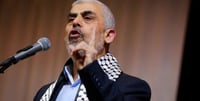

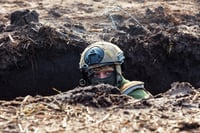




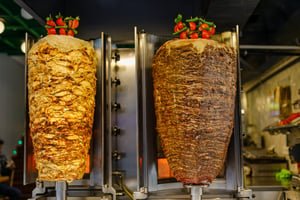
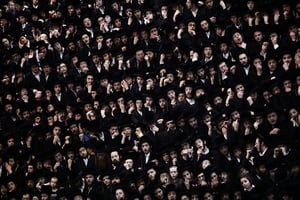

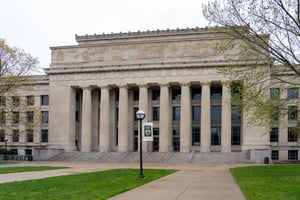



0 Comments